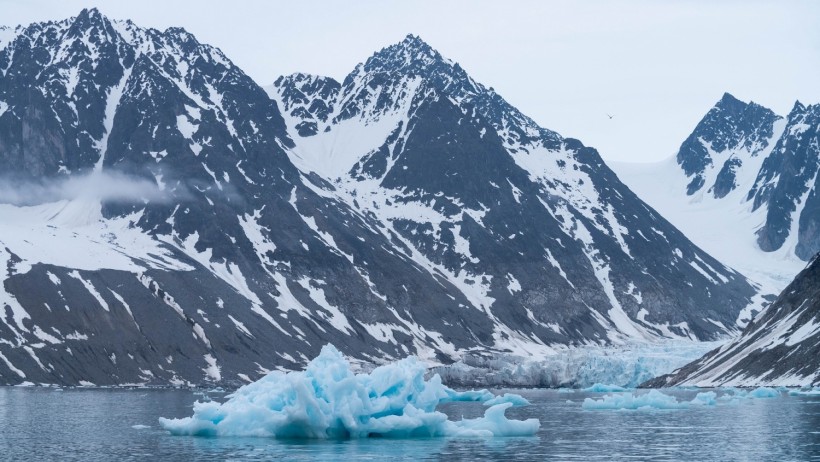According to scientists, glaciers from the US mainland will disappear within decades. Because of global warming, it rapidly melts that it poses a risk to the society and environmental systems we depend on. Unfortunately, it leads to a chain reaction that could worsen the end result.

Polar Glacier Iceberg
Sea Level Rise Due to Glacier Melt
According to Discovery, the greatest detrimental effect of glacier melt may be the rise in sea levels. Cities and villages along the coast are at risk of permanent flooding and rising storm surges. In addition, less freshwater is available for drinking, irrigation of crops, and the production of energy.
These enormous ice rivers play a critical role in controlling the Earth's atmosphere. Ice serves as the planet's air conditioning system by cooling the air and deflecting the heat from the sun away from the surface. However, as meltwaters get smaller due to glacier melting, researchers have found that this also enables fungi and microscopic bacteria in rivers to release more carbon dioxide into the atmosphere.
Warmer Sea to More Carbon Dioxide Release
Adverse climate feedback, together with carbon released by melting soils and from bacteria or soot retained in the ice itself, contributes to the planet's continued warming. According to glaciologists examining Alaska's tidewater glaciers, the melting rate of these glaciers is 100 times greater than previously believed because of the warmer sea.
The greatest hazard comes from melting glaciers connected to the Antarctic and Greenland ice sheets because temperatures are rising fast in high-altitude areas like the Himalayas. Earth's surface is currently six to nine meters warmer than it was 125,000 years ago, and melting could quickly speed up.
Rivers Disappear as Meltwater Gets Smaller
The sudden disappearance of rivers is a new issue for communities that depend on meltwater, such as those in Alaska and other places. This occurs when rapid glacial melt alters a river's channel.
One example is the Slim's River in Canada's Yukon. This river shifted its path in a matter of days, drying up one river, reducing the level of the surrounding Kluane Lake by over two meters, and leaving locals and migrating salmon high and dry.
Affecting Economic Lives of People
Data acquired by the World Glacier Monitoring Service more than ten years ago revealed that the survival of more than two billion people who depend on meltwater in neighboring rivers was threatened by the disappearance of glaciers.
Glacier loss poses an imminent threat to life, according to glaciologist Jennifer Wadham. Glaciers provide a lifeline to us through their freshwater. But it is also important to note how they link with the extremely fragile surroundings and ecosystems around them as life-support mechanisms in many respects.
ALSO READ: Geothermal Activity Under Antarctic Ice Sheet Bring Thwaites Glacier on Brink of Collapse Due to Excessive Melting
Catastrophic Environmental Conditions in the Future
One or two meters of sea level rise due to ice loss is expected, according to scientists, as the Greenland ice sheet approaches its breaking point. The Thwaites glacier in western Antarctica, also known as the doomsday glacier, is being studied by researchers. They said that it could raise sea levels by 65 cm (2 ft) on its own.
According to a study from Cornell University, the increase will likely occur swiftly, leaving nations in the catastrophic condition of having more people living on a smaller amount of land. Two billion climate refugees may be forced inland by rising seas by the year 2100. According to researchers, preventing this scenario from happening requires limiting greenhouse gas emissions and making plans for a very different future.
RELATED ARTICLE: Landslides Found to Influence Glacial Shifts, Changes Movement and Melting of Ice Masses
Check out more news and information on Environment in Science Times.














